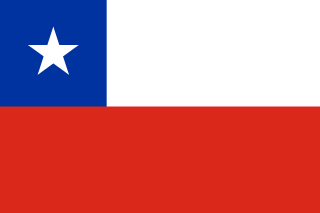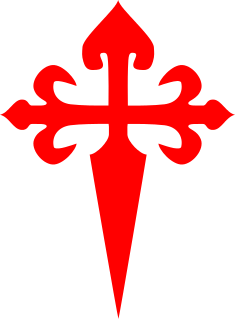Elections for the members of the Senate were held on November 10, 1953 in the Philippines. Incumbent President Elpidio Quirino of the Liberal Party lost his opportunity to get a second full term as President of the Philippines to former Defense Secretary Ramon Magsaysay of the Nacionalista Party. Quirino's running mate, Senator Jose Yulo lost to Senator Carlos P. Garcia. Vice President Fernando Lopez did not run for re-election and ran for the Senate instead, in which he emerged as the candidate with the most votes. This was the first time that an elected president did not come from the Senate. To further compound the Liberal Party's woes, they also failed to win any seats in the Senate in this election.
Elections for the members of the Senate were held on November 8, 1949 in the Philippines.
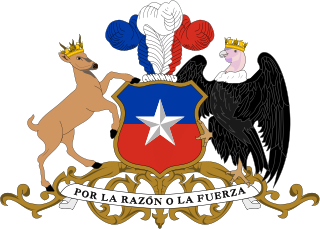
Parliamentary elections were held in Chile on 5 March 1961. The Radical Party remained the largest party in the Chamber of Deputies and also became the largest party in the Senate.

Parliamentary elections were held in Chile on 4 March 1973. The Confederation of Democracy alliance won a majority of seats in both the Chamber of Deputies and the Senate.

Parliamentary elections were held in Chile on 2 March 1969. The Christian Democratic Party lost their majority in the Chamber of Deputies, but remained the largest party in both houses.

Parliamentary elections were held in Chile on 7 March 1965. The Christian Democratic Party won a majority of seats in the Chamber of Deputies, the first time a party had held a majority for several decades. The party also became the largest party in the Senate.

A senatorial election in the Philippines was held on November 8, 1955. This was a midterm election, the date when the winners took office falling halfway through President Ramon Magsaysay's four-year term.
Elections for the Senate of the Philippines were held on November 11, 1947, with eight of the 24 seats in the Senate being contested. Eight seats were all regular elections; the winners were eligible to serve six-year terms from December 30, 1947 until December 30, 1953. Many gubernatorial and local elections were held on the same date.

General elections were held in Belgium on 20 November 1921. The result was a victory for the Catholic Party, which won 70 of the 186 seats in the Chamber of Representatives. Voter turnout was 91.1% in the Chamber election and 91.0% in the Senate election.

General elections were held in Mexico on 5 July 1970. The presidential elections were won by Luis Echeverría Álvarez, who received 86.0% of the vote. In the Chamber of Deputies election, the Institutional Revolutionary Party won 178 of the 213 seats, as well as winning all 64 seats in the Senate election. Voter turnout in the legislative elections was 64.4%.

Full general elections were held in Belgium on 14 October 1894, with run-off elections held on 21 October 1894.
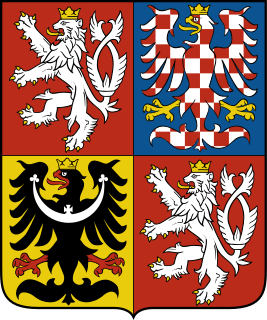
Senate elections were held in the Czech Republic for the first time on 15 and 16 November 1996, with a second round on 22 and 23 November. the first after independence. The result was a victory for the Civic Democratic Party, which won 32 of the 81 seats. Voter turnout was 34.9% in the first round and 30.6% in the second.
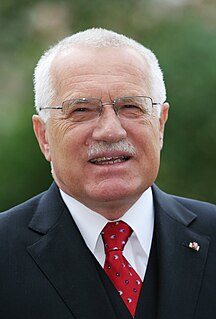
Senate elections were held in the Czech Republic on 25 and 26 October 2002, with a second round on 1 and 2 November. Voter turnout was just 24.1% in the first round and 31.7% in the second.

Parliamentary elections were held in Brazil on 15 November 1970. The result was a victory for the National Renewal Alliance Party, which won 223 of the 310 seats in the Chamber of Deputies and 40 of the 46 seats in the Senate. Voter turnout was 77.5% in the Chamber of Deputies election.

Parliamentary elections were held in Brazil on 15 November 1978. The National Renewal Alliance Party won 231 of the 420 seats in the Chamber of Deputies and 15 of the 23 seats in the Senate. Voter turnout was 81.7%.

Parliamentary elections were held in Brazil on 15 November 1986. The Brazilian Democratic Movement Party won 260 of the 487 seats in the Chamber of Deputies and 38 of the 49 seats in the Senate. The members of both chambers elected in this election, together with the Senators elected in 1982 came together to form a Constitutional Assembly during 1987 and 1988. The Assembly produced a new constitution, which was promulgated on 5 October 1988.

Parliamentary elections were held in Chile on 2 March 1941. The Radical Party emerged as the largest party in the Chamber of Deputies and the Senate.

Parliamentary elections were held in Chile on 4 March 1945. Although the Conservative Party received the most votes, the Radical Party remained the largest party in the Chamber of Deputies and the Senate.

Parliamentary elections were held in Chile on 6 March 1949. Although the Social Christian Conservative Party received the most votes in the Senate elections, the Liberal Party won the most seats, whilst the Radical Party remained the largest party in the Chamber of Deputies.

Parliamentary elections were held in Chile on 1 March 1953. The Agrarian Labor Party emerged as the largest party in the Chamber of Deputies, whilst the Liberal Party won the most seats in the Senate.

